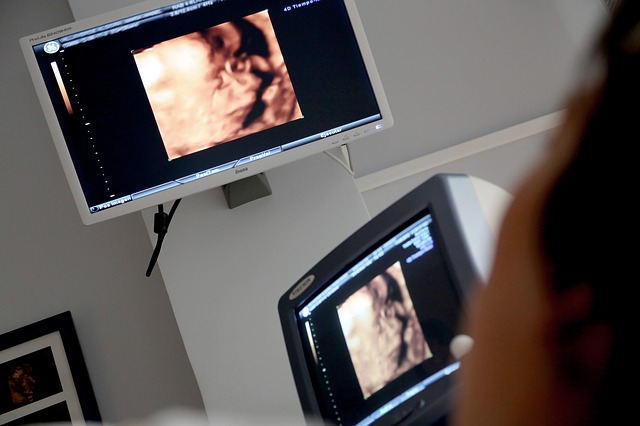Butterfly Network Brings Medical Imaging To The Masses
According to a Grand View Research report, the global medical imaging market is expected to grow from $33.7 billion in 2016 at 5.7% CAGR through 2025. Growth is expected to be driven by the increasing demand for early stage diagnosis of chronic disease and rising aging demographics. Guilford, Connecticut-based Buterfly Network is an AI unicorn in this field.

Butterfly Network’s Offerings
Butterfly Network was set up in 2011 by Dr. Jonathan M Rothberg, a serial biotechnology entrepreneur. His earlier ventures include biopharma company Curagen and gene sequencing companies 454 Life Sciences and Ion Torrent.
The inspiration to design a mobile ultrasound device came to him while he was attending an ultrasound scan with his daughter who suffers from tuberosclerosis (TSC). TSC that causes patients to develop tumors throughout their bodies. At the ultrasound scan, Rothberg wondered why the equipment was so big and the process so costly.
The desire to change the scanning tool and process led to the establishment of Butterfly Network. While working on the project, the team also realized that globally there were over 4.7 billion people who did not have access to affordable medical imaging. The founding team of Dr. Rothberg, Nevada Sanchez and Tyler S. Ralston wanted to build a product that would bring medical imaging to the masses by dramatically reducing device costs.
Today, the company sells Butterfly Network IQ, a technology that turns a smartphone into an ultrasound machine, for $1,999. Doctors have to pay a monthly fee of $35 for individuals or $100 a month for a team of 10 to access the software that makes the images crisp and the device usable. But that is a small price when compared with a traditional ultrasound machine’s cost of anywhere from $25,000 to $250,000.
Traditional ultrasound devices use piezoelectric crystals to use sound waves to capture what’s happening inside the body. Butterfly Network’s product replaced these with a silicon chip, thus reducing costs drastically. They also simplified the design by building a single sensor that could replace the multiple wands that are used on traditional ultrasound devices. They also come packaged with artificial intelligence that over time could help even low-skilled medical professionals to take and read ultrasound images.
According to Dr. Rothberg himself,
“Just as putting a camera on a semiconductor chip made photography accessible to anyone with a smartphone and putting a computer on a chip enabled the revolution in personal computing before that, Butterfly’s ultrasound-on-a-chip technology enables a low-cost window into the human body, making high-quality diagnostic imaging accessible to anyone.”
Butterfly Network’s Financials
Butterfly Network’s vision of providing affordable medical solutions has attracted a lot of venture investment. It is privately held so far and does not disclose its financials. The company has raised $300 million in funding so far from investors including Bill & Melinda Gates Foundation, Fosun Pharma, Fidelity, Jonathan M. Rothberg himself, and Aeris Capital. Its last round of funding was held in September 2018 when it raised $250 million at a valuation of $1.25 billion. The round was led by Fidelity and Bill and Melinda Gates Foundation.
Butterfly Network is not the only player working on building affordable imaging devices. Other players like Clarius Mobile Health and Mobisante have also built similar portable medical devices. Companies like GE Healthcare and Philips themselves are also entering the market to develop portable, and affordable, medical tools.
Sramana Mitra is the founder of One Million by One Million (1M/1M), a global virtual incubator that aims to help one million entrepreneurs ...
more


